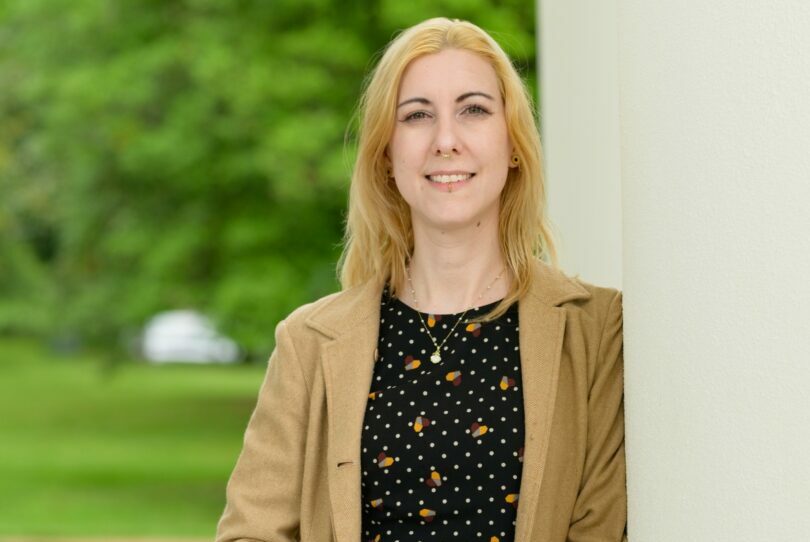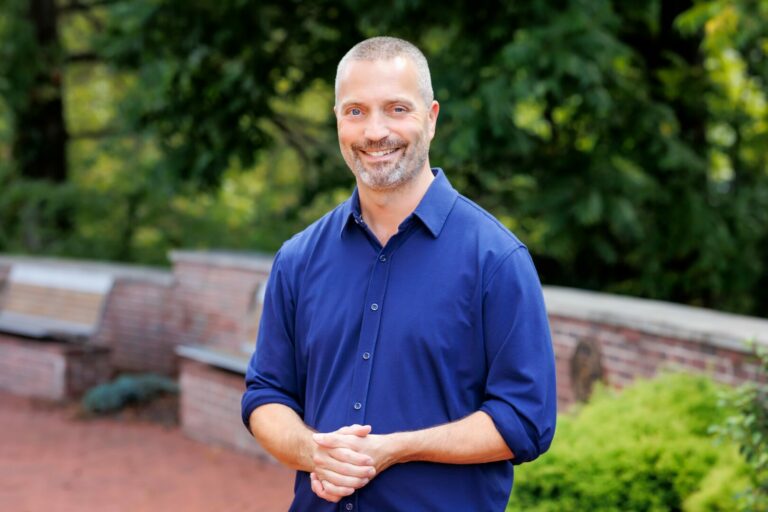We caught up with the brilliant and insightful Laura Orsolini a few weeks ago and have shared our conversation below.
Laura, so great to be with you and I think a lot of folks are going to benefit from hearing your story and lessons and wisdom. Imposter Syndrome is something that we know how words to describe, but it’s something that has held people back forever and so we’re really interested to hear about your story and how you overcame imposter syndrome.
I often felt that my discomfort, in regard to the quality of my art, largely depended from an excess – or should I say an illusion?- of control.
I had to realise I needed to flow together with my inspiration rather than try to dominate it.
To switch from the stiffness of control to the richness of a continuous metamorphosis allowed me to embrace my art with its uniqueness, its gifts and its limits.
On a more practical side, I experimented a lot with techniques such as monotype print or watercolour, which allow a lesser control on the final results and therefore encouraged me to improvise. As I came back to more precise mediums – pencils or acrylic painting – I found my style had been enriched with a renewed freedom.
Of course I still face discomfort and doubts, but I also know what my North Star is to keep the course of my journey.

Thanks, so before we move on maybe you can share a bit more about yourself?
I was born in Rome and since my childhood I had the chance to meet great stories, both told or written and often beautifully illustrated! So, while growing up, I naturally became a book-lover, an illustrator and a children’s book author.
The first ten years of my professional activity as a freelance illustrator were devoted to a variety of collaborations with magazines and advertising agencies.
It was an excellent training in meeting and interacting with diverse requests and subjects, which also offered me the chance to explore different facets of my visual skills. And yet, I felt that something was missing.
Besides my path as a visual artist, another passion of mine was trying to find its way out in the open: some stories were taking shape in my mind and demanded to be put on paper!
I was ready to move from illustrator to author-illustrator and I found the perfect field to apply my renewed creativity in children’s books.
My first solo project, “Klick”, was a picture book for which I created both the story and the illustrations. Published in 2002, it was the first of seven titles for which I am both the author of the text and the artist illustrator.
Those books were a meaningful experience because they offered me the opportunity for a full-rounded expression of the inner world, which is the primary source of my creativity.
That was also what triggered a further development of my artwork and the growth of a new portfolio, which eventually lead to the opening of my Etsy Shop where I sell my original art prints.
People interested in my art often ask me where I get my inspiration from: when working for a picture album or a magazine, my starting point is always the story/article I am going to illustrate. I focus on how to best translate the spirit of the text into a visual language.
However, in the last years I felt compelled to further extend my research. The result has been a new series of images not strictly related to a text but rather inspired by the multitude of inner images which spontaneously form in my mind.
I worked patiently to turn these ideas into drawings, in the hope they would resonate with a wider audience. I shared them on my social media, and since they received a warm welcome, I decided to open my own Etsy Shop and sell high quality prints of my original art: the beginning of a new adventure!
A variety of techniques and materials have been my trusted companions through my journey: my creativity stems from papers, pastels, brushes, and inks, as well as from my imagination and emotions.
Just in case you’re curious:
I have a sweet spot for the great children’s book illustrators of the Victorian era, and I inherited the great love for 14th and 15th Italian century painting from my mother.
Also, you will probably notice lots of readers and books depicted in my drawings! This is not just because books are a cherished item to collect or a captivating job for me: as a reader I have so often found in them the joy, the shelter, the fun or the momentum I needed.

Looking back, what do you think were the three qualities, skills, or areas of knowledge that were most impactful in your journey? What advice do you have for folks who are early in their journey in terms of how they can best develop or improve on these?
Passion
The deep love I have for what I do makes the working hours I spend in my studio some of the most interesting in my day. Even when I struggle with the usual difficulties – my pencils and brushes seem to have a will of their own, my inspiration is taking a week off, my sketching pad is holding a grudge against me – I can still feel that my drawing table is the place where I belong to.
Patience
Well, this is a skill that took me some time to learn… Finding the right style for the story you want to tell, having your project accepted by a publisher, looking for an agent is usually not done night by dawn. The job itself taught me that persevering both during the creative stage and when bringing your project to the public is an indispensable part of succeeding. My strategy was to surround myself with nice people who supported me during the most tiring phases, and who celebrated with me as I achieved the result.
Stubbornness
I know, resilience would be a much better quality to display but when I found myself in lack of it, rough and primitive stubbornness helped me stand my ground. It’s definitely not a sophisticated skill and I always need to counterbalance its side effects, such as getting stuck with it. Let’s say that stubbornness has been a temporary solution for me, and although at times an effective one, I always tried to put my resilience back in command.

Thanks so much for sharing all these insights with us today. Before we go, is there a book that’s played in important role in your development?
I have no hesitations regarding the book that has played, on many levels, a crucial role in my life: it was and still is the collection of traditional Italian fairytales, Fiabe Italiane, by the writer Italo Calvino.
Since my early years I found myself happily lost in a world made of woods, enchanted palaces, dangerous creatures, kings and talking animals and I simply never came back.
I learned those stories by heart, played them out with my toys, mixed their plots and recreated new versions.
Later on, I used them to entertain the younger kids of my friends: any wonder I’ve become a children’s book illustrator and author?
I felt that those stories offered a catalogue of the most important human experiences, a book of life which gathered an ancient wisdom preserved from a remote past until our times.
Since my childhood many new editions of Fiabe Italiane have been reprinted but I still stick to my old one, dating from the 1960s.
The two old volumes that contain this treasure of traditional tales are now worn out by so many re-readings, their tattered covers hold together by some tape and yet, I still draw inspiration from their yellowing pages, not just as a children’s illustrator, but also for my surreal creations. As the author himself said it in his preface: “Now I know that fairytales are real!”.
Contact Info:
- Website: https://www.lauraorsolini.com
- Instagram: @laura.0rsolini
- Facebook: https://www.facebook.com/laura.orsolini.92
- Other: https://www.etsy.com/shop/LauraArtIllustration




so if you or someone you know deserves recognition please let us know here.




